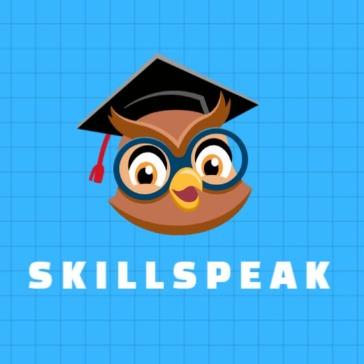SkillSpeak
Smart Learning: Interactive Games, Voice Assessment, and Progress Tracking for Young Learners
Created on 27th July 2024
•
SkillSpeak
Smart Learning: Interactive Games, Voice Assessment, and Progress Tracking for Young Learners
The problem SkillSpeak solves
Our platform is designed to address the pressing need for accessible, high-quality education for children in rural and underserved areas, where traditional educational resources and skilled teachers may be scarce. By leveraging advanced technology, we offer a solution that significantly reduces the need for direct teacher involvement in routine assessments. This is achieved through automated grading systems powered by Voice Recognition technology, which streamlines the assessment process and allows educators to focus more on personalized instruction and support.
The platform incorporates Educational Games that make learning engaging and interactive, providing an enjoyable experience for young learners even in remote locations. This interactive approach helps to foster a lifelong love for learning, making education more accessible and effective. Immediate feedback is delivered through Text-to-Speech functionality, ensuring that students can learn from their errors in real-time, thus promoting continuous improvement and reducing the wait time for feedback typically required from teachers.
The platform also includes secure access features for both parents and teachers, providing role-based Dashboards to monitor and evaluate children's progress effectively. This feature enables parents to stay informed about their child's development and allows teachers to track student performance without being physically present in the classroom. By bridging the gap between remote education and effective teaching, our platform ensures that every child has the opportunity to succeed, supports teachers in their educational efforts, and engages parents in their children’s learning process.
Challenges we ran into
Automated and Standardized Assessment Efficiency: Ensuring that the automated assessment process is efficient and free from bias was a significant challenge. We had to develop algorithms that accurately evaluate student performance while minimizing human intervention. This required creating robust systems for automating grading and standardizing the assessment criteria.
Audio Recording and Analysis Accuracy: The system prompts students to read text aloud and records their speech for analysis. Ensuring that the recorded audio was of sufficient quality for accurate analysis posed a challenge. We needed to fine-tune the audio processing algorithms to handle varying speech qualities and environmental conditions.
Language Learning Model (LLM) Integration: Processing and analyzing the recorded audio using a Language Learning Model (LLM) involved significant technical hurdles. The LLM needed to accurately analyze pronunciation, fluency, and accuracy by comparing spoken words with the provided text. Developing and integrating this model to handle diverse accents and pronunciations was complex.
Immediate Feedback Mechanism: Implementing a system that offers immediate feedback on reading performance required sophisticated real-time analysis and feedback generation. We needed to ensure that students received accurate and constructive feedback promptly to facilitate learning and improvement.
